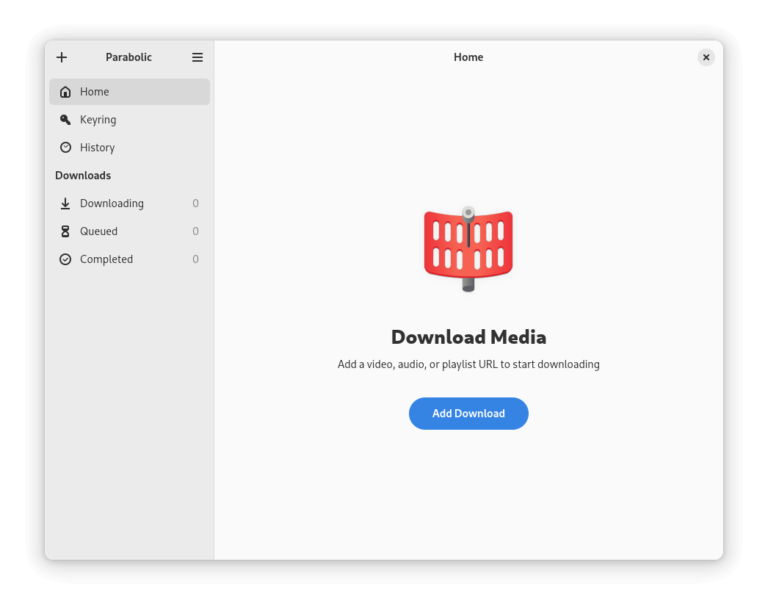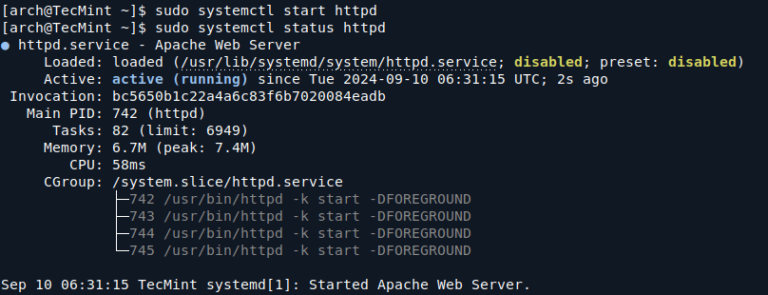Compliance checkpoints (examples)
Why this matters
- Bridge strategy: If you are standardizing on Windows Server and Hyper-V while keeping workloads on-prem for compliance or latency, this provides a supported, fast V2V route without extra appliances.
- Minimal infra lift: Runs as a WAC extension, no separate migration server farm.
- Predictable downtime: Seed live, then short cutover with delta replication.
What is VM Conversion (Preview)?
Cutover gates
- Agentless discovery of vCenter VMs.
- Minimal downtime: initial sync while source is online, then final delta after powering down at cutover.
- Up to 10 VMs per batch to accelerate waves.
- Cluster-aware: target a Hyper-V failover cluster (WSFC) or standalone host.
- Boot mapping: BIOS to Gen 1, UEFI to Gen 2; Secure Boot handled appropriately.
- Network continuity: static IP persistence through capture and apply.
- Multi-disk VMs supported.
Set-VMFirmware -VMName “Ubuntu01” -SecureBootTemplate “MicrosoftUEFICertificateAuthority”
# After saving Microsoft’s script as Update-VMBiosInfo.ps1
.Update-VMBiosInfo.ps1 -VMName “Contoso” -BiosGuid “{423A2700-F96D-561B-B421-C3088111A97B}”
Validation and testing (pre-prod first)
Pros
- Free, agentless, appliance-free. Installs as a WAC extension.
- Minimal downtime using CBT and delta cutover.
- Batching up to 10 and cluster-aware targeting.
- Static IP persistence and boot mapping handled.
Key capabilities
- Preview status brings production risk and evolving UX.
- vCenter 8.x not listed. vSAN unsupported.
- Active browser session required during migration. No resync between seed and delta.
- VMs land as dynamic VHDX. Memory forced static during migration.
Gotchas to watch
- VMware Tools: preview docs are inconsistent, so plan for manual removal post-cutover for Windows guests.
- Linux drivers: confirm Hyper-V drivers, or LIS for older distros, before migrating.
- Storage governance: dynamic VHDX is space-efficient but may violate quota or chargeback. Convert to fixed if required.
- Ports and reachability: WAC listening port varies. Ensure inbound and outbound rules and internal WAC ports are allowed.
- Session dependency: if your session times out, migration can stall. Plan operator coverage until completion.
Implementation checklist (operators)
- Upgrade WAC to v2 (2410 GA).
- On the WAC gateway, install PowerCLI, VC++ 2013 plus latest, and VDDK 8.0.3 at
...ServiceVDDK. - Install the extension in WAC.
- Add vCenter and connect Hyper-V target (host or cluster).
- Prechecks: no snapshots, CBT present, capacity OK, vSwitch prepared.
- Synchronize to seed, then Migrate for delta and cutover.
- Post-cutover: VMware Tools clean-up if needed, disk conversions, memory policy, monitoring baselines.
Security, Zero-Trust, and DR
- Least privilege: use scoped migration accounts for vCenter and Hyper-V.
- WAC hardening: use CA-issued certs, lock the gateway, restrict inbound to the chosen port, restrict outbound to vCenter and Hyper-V only, forward WAC logs to SIEM.
- Identity continuity: if BIOS GUID matters, update it after cutover.
- Backups: ensure recent backups or snapshots before migration. Validate restore on the destination.
Stop-VM App01
Set-VM -Name App01 -DynamicMemoryEnabled $true `
-MemoryStartupBytes 2GB -MinimumBytes 1GB -MaximumBytes 8GB
Start-VM App01
Artifacts to collect
Convert-VHD -Path “D:VMsApp01App01.vhdx” `
-DestinationPath “D:VMsApp01App01_fixed.vhdx” -VHDType Fixed
Current limitations (Preview reality check)
Chaos with low blast radius
Flow: vCenter → VDDK and PowerCLI on WAC gateway → Hyper-V host or cluster (VHDX) → import VM → post-cutover cleanup.
- Tool prechecks pass (CBT, capacity, no snapshots).
- A representative pilot VM seeds and migrates, boots cleanly, and app smoke tests pass.
Convert dynamic VHDX to fixed
- Boot and services OK. Time sync and EDR healthy.
- Network: correct switch, IP persisted, DNS registered. AD secure channel intact.
- App smoke tests for HTTP 200, DB connect, and queues.
TL;DR:
Microsoft’s new VM Conversion extension in Windows Admin Center (WAC) v2 provides a no-cost, agentless way to convert VMware VMs (vCenter 6.x and 7.x) to Hyper-V with minimal downtime using CBT seeding plus a delta cutover. It supports batches up to 10, is cluster-aware, persists static IPs, and auto-maps BIOS to Gen 1 and UEFI to Gen 2. Because it is Public Preview, plan tight validation, explicit rollback, and a few post-cutover cleanups (VMware Tools removal, dynamic to fixed disks, memory settings).
- As a controlled drill, sign out the browser during a pilot to confirm stall behavior and your operator handoff or runbook for recovery.
Cons
- WAC notifications export, Event Viewer WindowsAdminCenter logs,
VMConversion_log.txt, and before or after VM configuration captures.
Backout plan (keep this simple)
- Before cutover: confirm latest backup, declare authoritative data source, schedule a short maintenance window.
- If post-cutover fails:
- Power off the Hyper-V VM to avoid IP or MAC conflicts.
- Power on the original VMware VM and validate services.
- Collect logs and plan a retry. There is no resync, so re-seed.
FinOps and Sustainability quick hits
- Dynamic VHDX reduces initial storage footprint but may surprise chargeback, so normalize to fixed where policy demands.
- Use cutover windows that align with off-peak energy or carbon intensity if your data center or utility publishes it.
- Validate host consolidation targets to avoid over-provisioning post-migration, and re-enable Dynamic Memory where appropriate.
FAQs you will get from leadership
- Is it production-ready? Not yet. It is Public Preview. Use for pilots and targeted migrations with explicit rollback.
- Can we use it for vCenter 8.x or vSAN? It is not listed. Treat as unsupported today.
- What about Azure Local? Not supported by this tool. Use Azure Migrate for Azure or Azure Local moves.
What to do next
- Pilot 3 to 5 VMs, both Windows and Linux, through the full flow.
- Wave planning: group up to 10 VMs per window aligned to business services.
- Runbooks: migration, validation, backout, and post-cutover optimization.
- Decision gate: if you hit preview limits such as vCenter 8.x or vSAN or scale, pivot those subsets to SCVMM or a third-party V2V tool.




